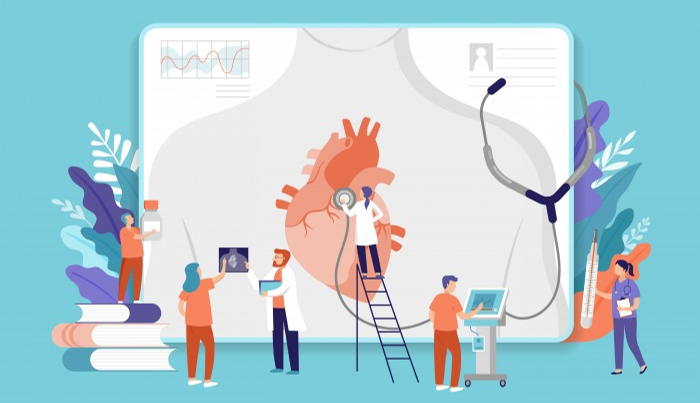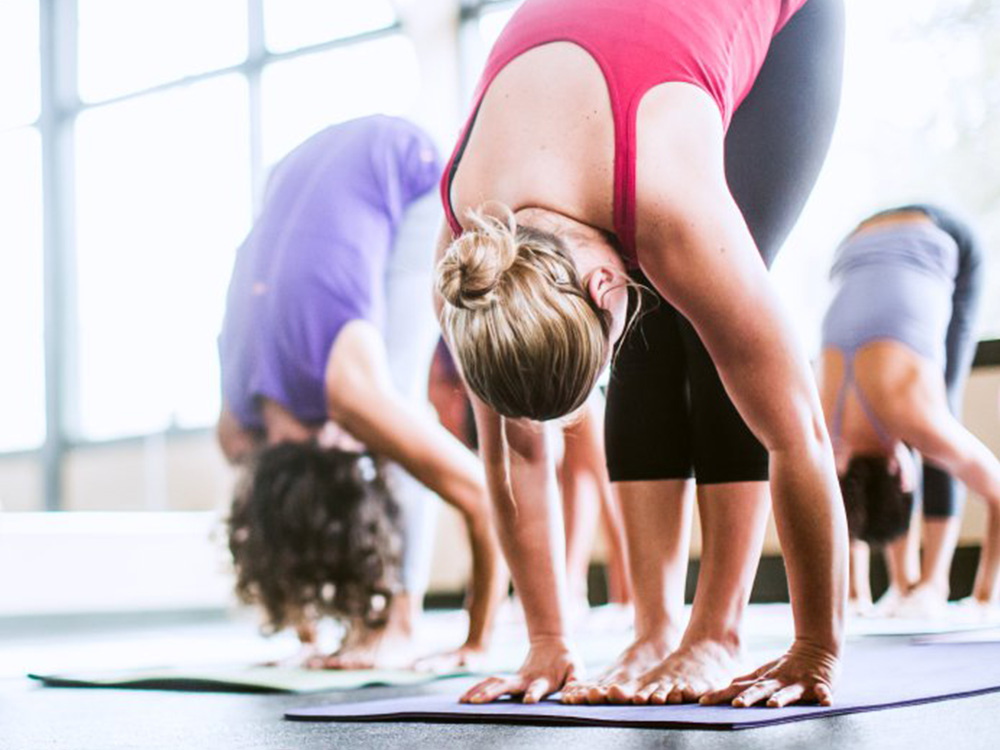
Kyokushin Kumite New Training Techniques
Incorporating Modern Fitness Science into Kyokushin Training
Traditional Kyokushin training is renowned for its intensity and effectiveness, but incorporating modern fitness science can enhance performance and reduce injury risk. This means incorporating elements like plyometrics (jump training) to improve explosive power, and functional strength training exercises focusing on compound movements that mimic real-kumite situations. Instead of simply endless repetitions of basic punches and kicks, drills are designed to improve speed, agility, and power transfer. For example, incorporating kettlebell swings or medicine ball throws builds core strength and power generation, directly transferable to kicking techniques. This blend of traditional and modern approaches makes for a more well-rounded and injury-resistant fighter.
Advanced Kihon: Beyond the Basics
While fundamental techniques form the bedrock of Kyokushin, advanced kihon training can unlock significant improvements. This goes beyond simply perfecting the forms. It involves focusing on the intricacies of each movement, including precise weight distribution, subtle shifts in body positioning, and the optimal use of muscle engagement and relaxation. Drills focusing on specific aspects like the speed of hip rotation in a mae geri (front kick) or the efficiency of weight transfer in a ura mawashi geri (reverse turning kick) can greatly enhance the power and speed of the technique. Slow-motion repetitions with a focus on proper form and detailed feedback from a sensei are key components of this approach.
Enhanced Kumite Drills: Scenario-Based Training
Traditional kumite often involves freestyle sparring, which while valuable, can sometimes lack structure and focused skill development. Modern Kyokushin training now emphasizes scenario-based drills. These mimic real-life combat situations, forcing practitioners to react and adapt under pressure. Examples include drills focused on countering specific attacks, escaping clinches, and managing distance effectively. Practitioners may face multiple opponents, simulate distractions, or work under time constraints. This kind of dynamic training enhances decision-making, reflexes, and strategic thinking crucial for effective kumite.
Utilizing Technology for Performance Analysis
Technology offers new ways to analyze and refine techniques. High-speed video analysis allows practitioners and senseis to meticulously examine form, identify areas for improvement, and quantify the power and speed of strikes. Wearable sensors can track movement parameters such as speed, force, and range of motion, providing objective data on performance. This objective data helps remove any bias in evaluating techniques, creating more precise training plans for each individual based on their specific strengths and weaknesses. Data-driven training ensures focused improvement in areas needing work.
Mental Conditioning and Visualization Techniques
Kyokushin is as much a mental game as it is physical. While physical strength and technique are vital, mental fortitude determines the ability to withstand pain, pressure, and fatigue during kumite. Incorporating mental conditioning exercises like meditation, visualization, and mindfulness practices can significantly enhance mental resilience. Visualization techniques, where fighters mentally rehearse successful kumite scenarios, can improve performance under pressure. This mental aspect, often overlooked, is crucial for achieving peak performance in high-stakes competitions.
Cross-Training for Enhanced Conditioning
While Kyokushin training is rigorous, incorporating complementary activities like strength and conditioning exercises, flexibility training, and cardiovascular workouts can significantly improve overall fitness and reduce the risk of injuries. Cross-training provides a holistic approach to building stamina, strength, and flexibility, which complements the demands of Kyokushin. Activities like yoga or Pilates can improve flexibility and range of motion vital for executing effective kicks and punches, while running or swimming enhances cardiovascular fitness, crucial for maintaining high-intensity training over extended periods.
Strategic Use of Protective Gear and Safety Measures
Protecting oneself from injury is paramount. Modern Kyokushin training incorporates the strategic use of protective gear and safety measures during intense training sessions. This might involve the use of headgear, mouthguards, and shin guards during certain drills. Proper warm-up and cool-down routines are essential, along with paying close attention to proper technique to minimize the risk of injury. Regular physical check-ups and listening to your body are also crucial aspects of responsible training. Read more about kyokushin kumite training.








-1.jpeg)

